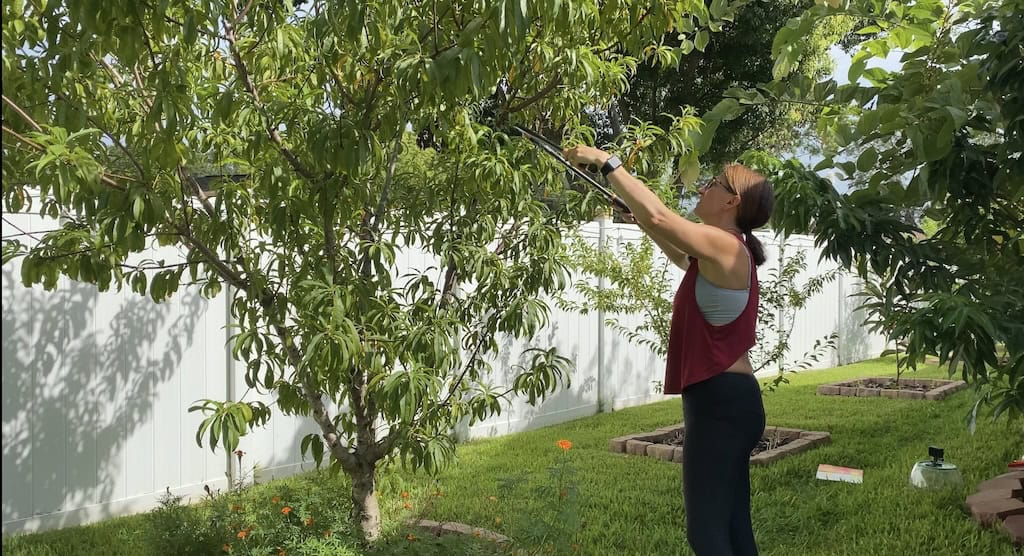Last Updated on January 12, 2024 by Homegrown Florida
I embarked on a unique experiment – growing rice in my backyard garden. Today, I’ll take you through the fascinating process of how I did it and reveal the actual yield from just one square foot of growing space. Intrigued? Let’s dive right in!
Introduction
Rice is known for thriving in hot, humid weather with a lengthy growing season – perfect for Florida summers. My experiment involved growing rice in a container, challenging traditional gardening wisdom. I chose a deep pot without drainage, filled it with my favorite compost (black cow), and planted 50 grains of rice in the compost, surface-sown and mulched with grass clippings. The key – flood the container, ensuring a spot that gets good rain throughout the growing period.
Growing Process and Challenges
Out of the 50 grains planted, only 26 germinated, showcasing a less-than-ideal germination rate. Despite my reservations, the experiment progressed well. I refrained from fertilizing, relying on the rich compost. With afternoon rains, I didn’t need additional watering, and luckily, pests stayed away. The rice grains turned from green to gold by September, signaling the harvest.
Harvesting and Drying
Harvesting involved cutting the rice from the stalks and tying them together. To dry, I had two options: hanging them upside down for a week in a hot place or placing them in a paper bag inside for a month. Concerned about humidity, I chose the latter. After a month, it was time to move to the next step.

Processing the Rice
Processing rice at home turned out to be more challenging than anticipated. With only 26 germinated grains, I had a small batch, making it more of an intensive task. After roasting in the oven for six hours, the grains were dry enough to break apart. The daunting task of de-hulling began. Using two pieces of wood, I pressed and rolled the grains, a slow but effective method. The process was time-consuming, taking hours to separate the rice from the hull.

Final Yield and Reflections
After days of processing, the final yield was about a quarter cup of rice from the initial 50 grains. This brings us to the question – would I grow rice again? The answer is no, unless I discover a more efficient de-hulling method. While it was fun to grow and experiment, the labor-intensive process doesn’t seem practical for a larger scale. Considering that an average American consumes 20 pounds of rice annually, growing enough for self-sufficiency would require a substantial garden space.

In conclusion, growing rice was a unique experience, but the effort needed for processing outweighs the benefits for me. However, I’ll use this homegrown rice as flour for my sourdough bread, adding a personal touch to my baking.
Thanks for joining me on this rice-growing journey. If you have insights or suggestions on easier de-hulling methods, share them in the comments below. Until next time, happy gardening!



